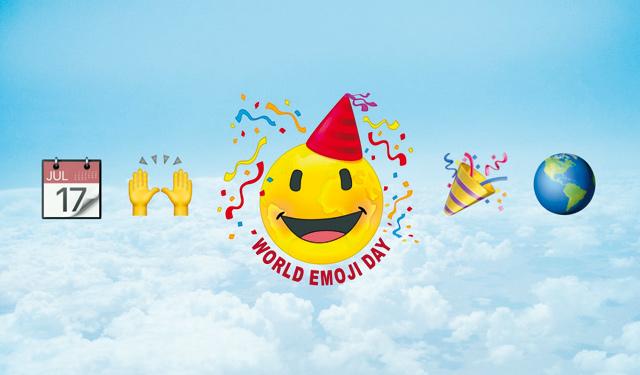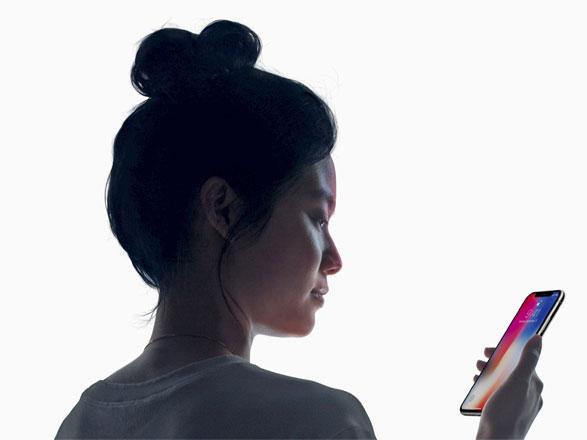You are here
Google glass helps kids with autism read faces
By Reuters - Mar 28,2019 - Last updated at Mar 28,2019

Photo courtesy of medscape.com
Children with autism may have an easier time reading facial expressions and navigating social interactions when they use Google Glass paired with a smartphone app, a small experiment suggests.
The system, dubbed “Superpower Glass”, helps them decipher what is happening with people around them, researchers found.
The experiment included 71 children, ages six to 12, who were receiving a standard treatment for autism known as applied behavioural analysis therapy. This type of therapy typically involves using structured exercises like flash cards depicting faces to help kids learn to recognise different emotions.
Forty kids were randomly assigned to use the “Superpower Glass” system — glasses with a camera and speaker that sent information on what children saw and heard to a smartphone app designed to help them decode and respond to social interactions.
While kids with autism can struggle to recognise and respond to emotions, the app gave them feedback in real time to help bolster these skills.
After six weeks of using Superpower Glass in 20-minute sessions four times a week, kids who received this digital support scored better on tests of socialisation, communication and behaviour than the control group of 31 kids who received only standard care for autism.
With Superpower Glass, “Children learn to seek out social interactions, learn that faces are interesting and that they can learn what they’re saying or what the faces are telling them,” said senior study author Dennis Wall of Stanford University in California.
“This is powerful since it encourages social initiations — a form of fostering social motivation — by the child and they’re learning that they can get these things — the emotions of their social partners- themselves,” Wall said by e-mail.
Superpower Glass is designed to tackle a common struggle for kids with autism — how to understand social cues and use past experiences to learn how to respond in various situations.
The glasses act as a messenger and interpreter, with the app relying on artificial intelligence to offer feedback in real time that can help kids track faces and classify emotions. A green light flashes when kids look at a face, and then the app uses emojis to tell kids what emotion is in front of them, whether it is happy or angry or scared or surprised.
“Facial expressions are complex, dynamic, and unique,” said Geraldine Dawson, director of the Duke Centre for Autism and Brain Development in Durham, North Carolina.
“Emojis are much simpler, static stimuli,” Dawson, who wasn’t involved in the study, said by e-mail. “It makes sense that emojis would be easier for a person with autism to understand.”
Kids’ interactions are also logged by the app so parents can look later and talk to kids.
Related Articles
AMMAN — On World Emoji Day, which is annually, marked on July 17, Jordanians of different ages and backgrounds expressed their views on the
Instant messages can feel trite and impersonal, but new apps can make it easier to express emotions beyond a text or emoji.
Your passcode can be hacked, but your face is yours and yours alone.


















